John C. Norman Home
Introduction
Text-to-speech Audio
Designed as his private home by Charleston, WV's first African- American architect, John Clavon Norman, Sr, the craftsman structure is a good representation of his work. Norman would design many buildings throughout West Virginia and especially the Kanawha Valley. Segregation was a reality that Norman had to accommodate in completing several designs.John C. Norman, Sr., is the father of the African- American medical pioneer, John C. Norman, Jr.
Images
The Home of John C. Norman, Sr.
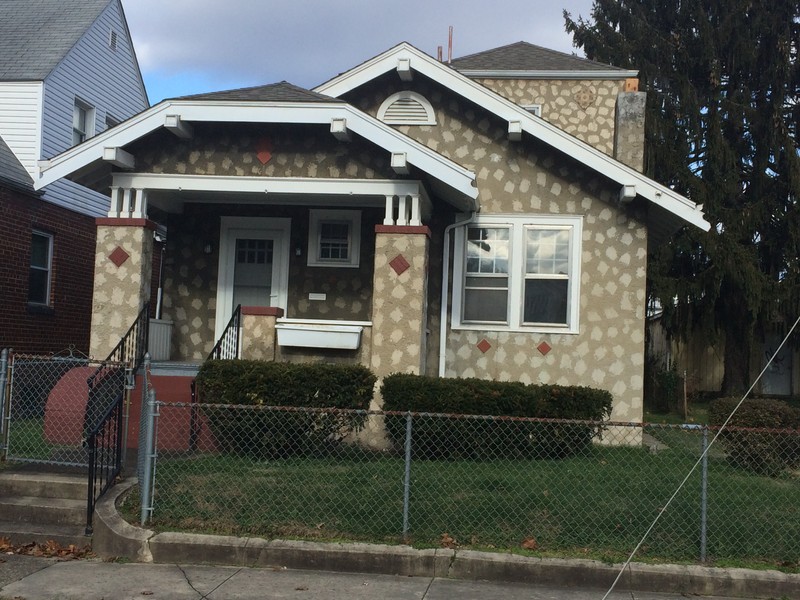
John C. Norman Sr and his wife Ruth Stephenson
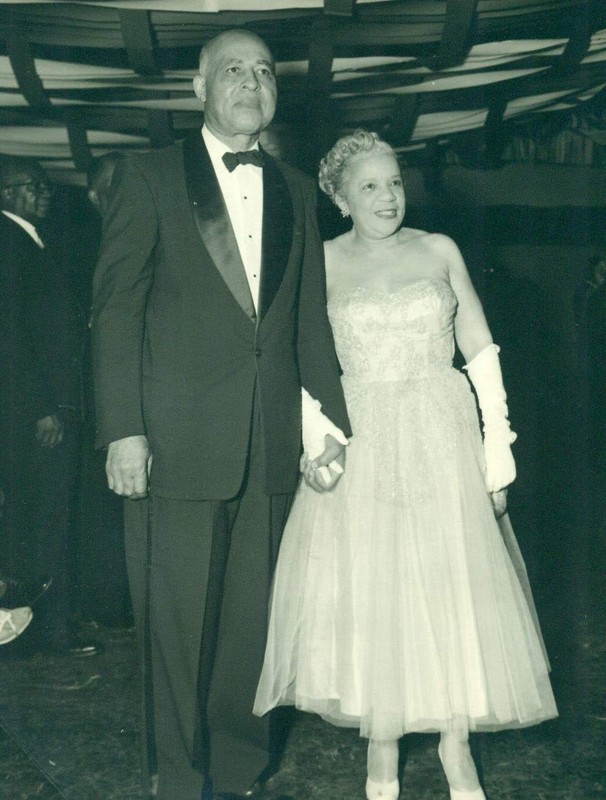
Norman designed faculty housing at WVSU
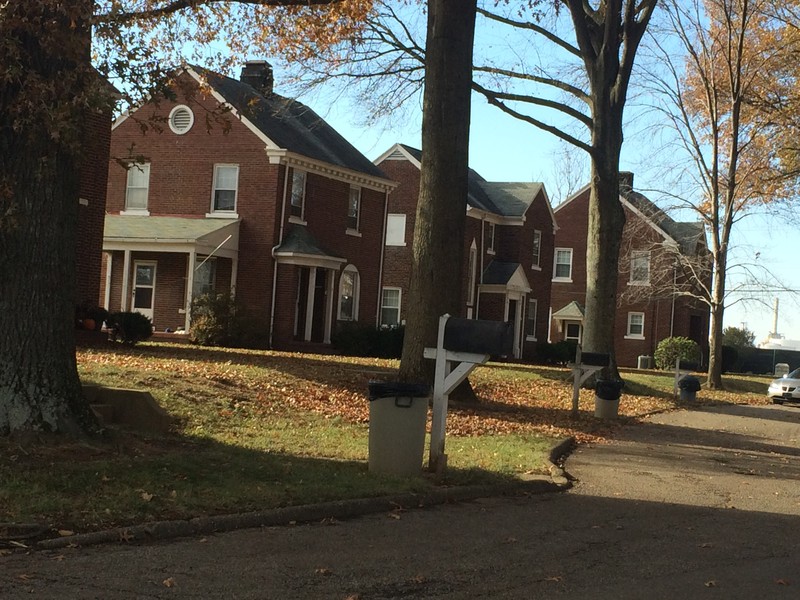
Norman designed Connelly Hotel- Gauley Bridge, WV
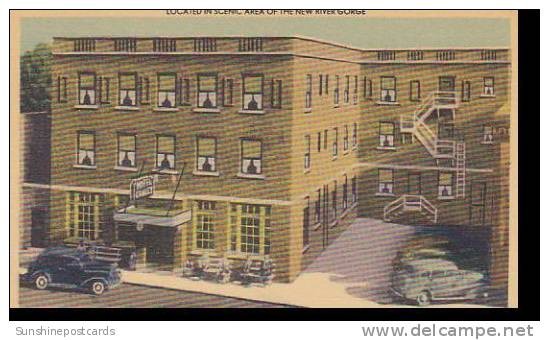
John C. Norman, Jr.
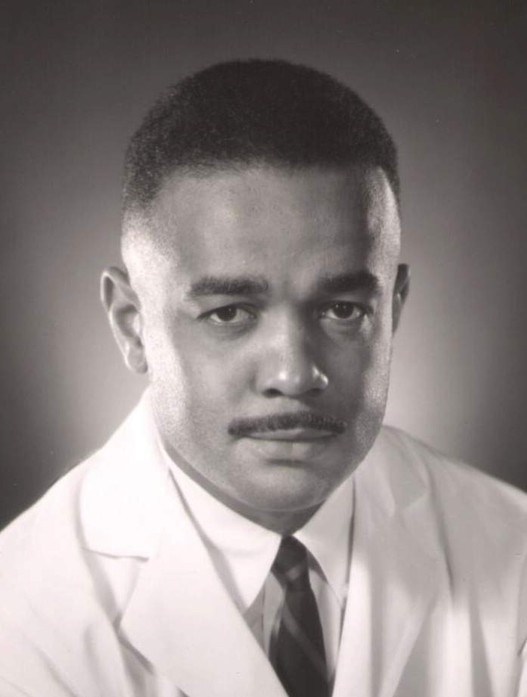
Backstory and Context
Text-to-speech Audio
When West Virginia began licensing architects in 1922, John C. Norman, Sr became the seventh African- American to gain a state issued license. He was the first African- American to become a licensed architect and structural engineer. Norman was not a native West Virginian, he was born in New Jersey and would spend his youth in North Carolina. He graduated from North Carolina A&T. Norman had completed his professional education at Carnegie Technical Institute in 1919.1 It is not clear why Norman chose to settle in Charleston. In 1924 he married Ruth Stephenson. The couple had one child, John C. Norman, Jr. who would go on to become a medical pioneer in transplants and artificial organs. Ruth Norman taught at Garnet High School.
John C. Norman, Sr. designed many buildings in the Kanawha Valley including the Ferguson Hotel and Business Center. The Ferguson included a cafe, movie theater, and convention hall. Other projects in Charleston include the conversion of an existing building into what would become Staats Hospital. Norman design twelve faculty houses at West Virginia State College. He also designed a gymnasium for the West Virginia School for the Colored Deaf and Blind in Institute. Norman designed many of the homes in Charleston's Luna Park neighborhood. Many of Norman's designs have been preserved as the neighborhood is now nationally recognized as the Luna Park Historic District. While Luna Park was only a few blocks from his own home on 2nd Avenue, and he would design many of the houses, Norman would not have been able to live in Luna Park because he was Black.2
Norman designed many projects in the upper Kanawha Valley including the Connelly Hotel in Gauley Bridge and many buildings and a high school in Montgomery.3 He also designed the 16th Street Baptist Church in Huntington along with Shanklin's Grand Theatre in Ronceverte. Norman would serve his country completing designs for the government while working on projects connected to WWII.4
Respect for John C. Norman transcended race. John C Norman, Jr., his father understood the fact that his work included his having to make accommodations to racial segregation. One example is Shanklin's Grand Theatre in Ronceverte. The theater was constructed with racial segregation in mind. Though it made accommodations for the hearing impaired, it was designed with separate stairs so white patrons would not have to walk with Black patrons.5 Norman maintained his dignity and continued to design exceptional structures.
The Normans were active in civic affairs. John was a member of the Knight's of Pythias, and a supporter of the NAACP. The Normans were well known nationally and visitors to their home included entertainer and activist Paul Robeson along with vocalists Roland Hayes and Marian Anderson. John C. Norman died in 1967 after struggling for years with a neurological condition.6 Norman's architectural drawings are preserved at the West Virginia Archives in Charleston.
John C. Norman, Sr. designed many buildings in the Kanawha Valley including the Ferguson Hotel and Business Center. The Ferguson included a cafe, movie theater, and convention hall. Other projects in Charleston include the conversion of an existing building into what would become Staats Hospital. Norman design twelve faculty houses at West Virginia State College. He also designed a gymnasium for the West Virginia School for the Colored Deaf and Blind in Institute. Norman designed many of the homes in Charleston's Luna Park neighborhood. Many of Norman's designs have been preserved as the neighborhood is now nationally recognized as the Luna Park Historic District. While Luna Park was only a few blocks from his own home on 2nd Avenue, and he would design many of the houses, Norman would not have been able to live in Luna Park because he was Black.2
Norman designed many projects in the upper Kanawha Valley including the Connelly Hotel in Gauley Bridge and many buildings and a high school in Montgomery.3 He also designed the 16th Street Baptist Church in Huntington along with Shanklin's Grand Theatre in Ronceverte. Norman would serve his country completing designs for the government while working on projects connected to WWII.4
Respect for John C. Norman transcended race. John C Norman, Jr., his father understood the fact that his work included his having to make accommodations to racial segregation. One example is Shanklin's Grand Theatre in Ronceverte. The theater was constructed with racial segregation in mind. Though it made accommodations for the hearing impaired, it was designed with separate stairs so white patrons would not have to walk with Black patrons.5 Norman maintained his dignity and continued to design exceptional structures.
The Normans were active in civic affairs. John was a member of the Knight's of Pythias, and a supporter of the NAACP. The Normans were well known nationally and visitors to their home included entertainer and activist Paul Robeson along with vocalists Roland Hayes and Marian Anderson. John C. Norman died in 1967 after struggling for years with a neurological condition.6 Norman's architectural drawings are preserved at the West Virginia Archives in Charleston.
Sources
1. Rick Steelhammer, "Charleston's first Black architect worked on both sides of the color line," WV Gazette, August 24, 2014, accessed November 25, 2014, http://www.wvgazette.com/article/20140824/GZ01/140829663
2. "Luna Park Historic District," Living Places, last modified 2013, accessed November 25, 2014, http://www.livingplaces.com/WV/Kanawha_County/Charleston_City/Luna_Park_Historic_District.html
3. "John C. Norman, Sr Collection," WV Archives, last modified 2014, accessed November 25, 2014, http://www.wvculture.org/history/collections/sc2012-046.html
4. Steelhammer, "Charleston's first Black architect worked both sides of the color line"
5. Wyatt Blair, "Shanklin's Grand Theatre," Traveling 219, January 21, 2013, accessed November 25, 2014, http://www.traveling219.com/blog/shanklins-grand-theatre/
6. Steelhammer, "Charleston's first Black architect worked both sides of the color line"
